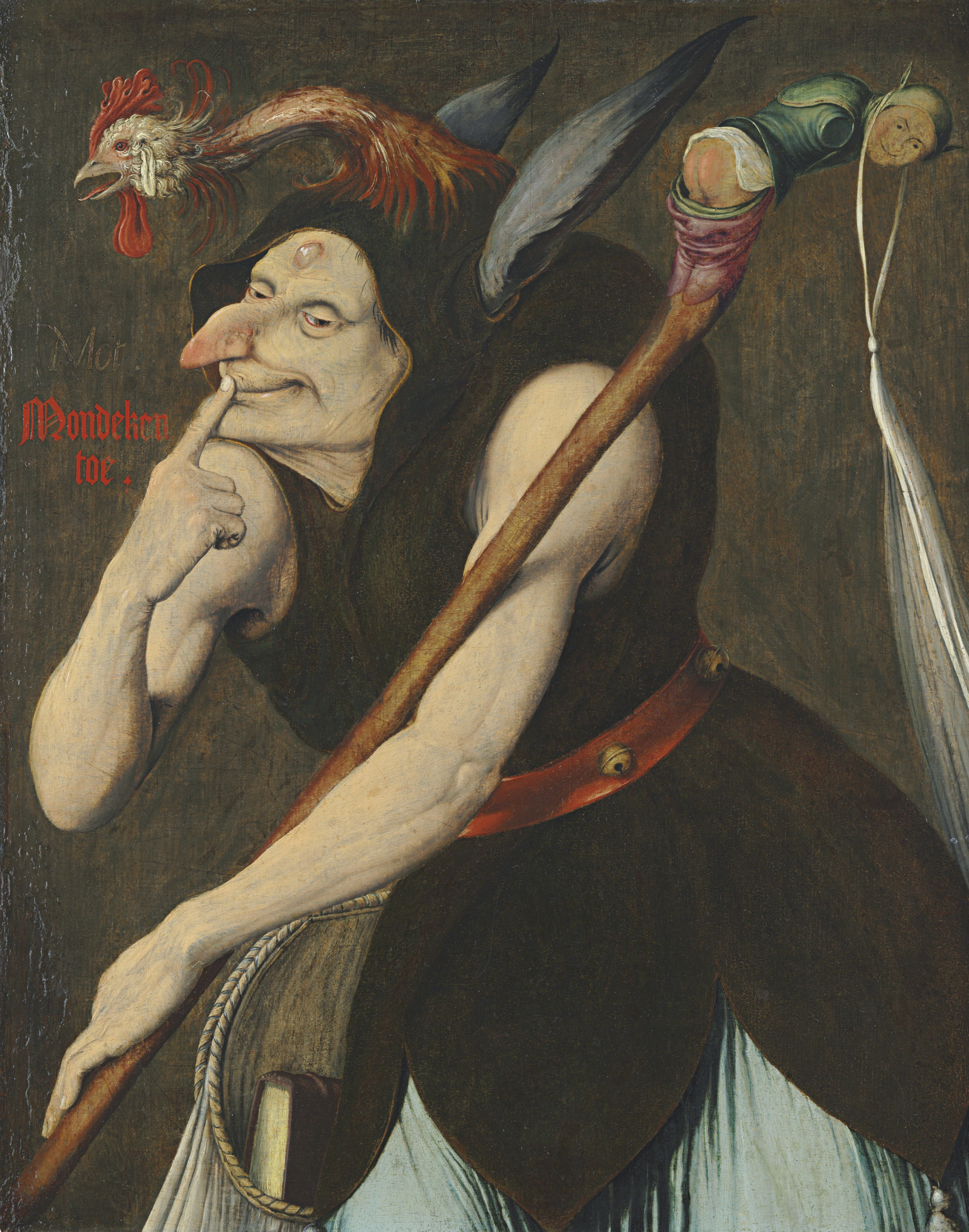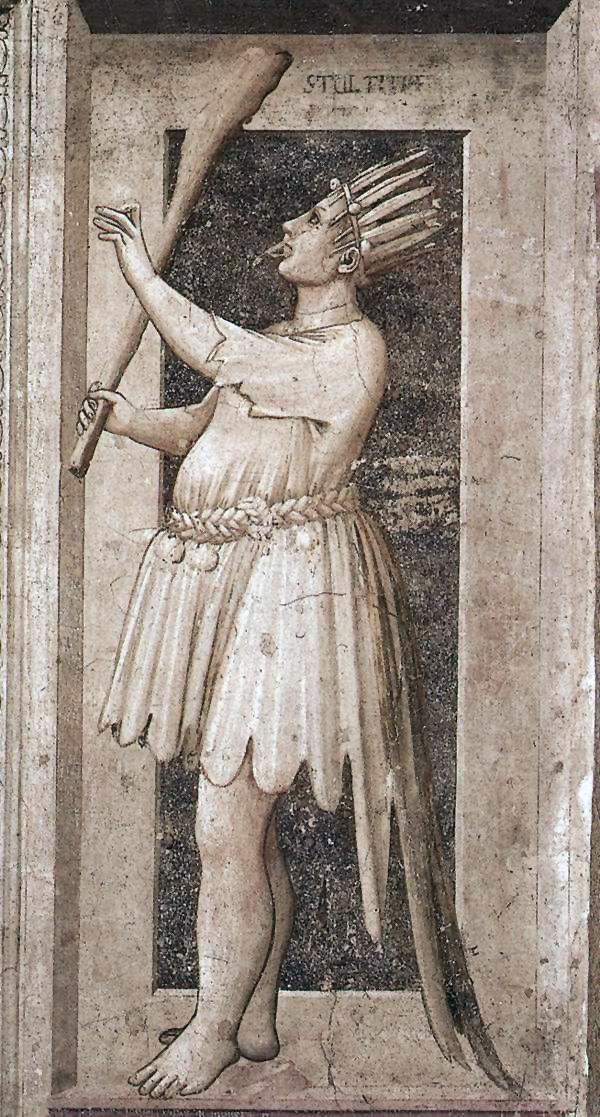Folly (allegory) on:
[Wikipedia]
[Google]
[Amazon]

 Folly () was a common allegorical figure in
Folly () was a common allegorical figure in

medieval
In the history of Europe, the Middle Ages or medieval period lasted approximately from the 5th to the late 15th centuries, similarly to the post-classical period of World history (field), global history. It began with the fall of the West ...
morality plays and in allegorical
As a literary device or artistic form, an allegory is a narrative or visual representation in which a character, place, or event can be interpreted to represent a meaning with moral or political significance. Authors have used allegory throughou ...
artwork through the Renaissance
The Renaissance ( , ) is a Periodization, period of history and a European cultural movement covering the 15th and 16th centuries. It marked the transition from the Middle Ages to modernity and was characterized by an effort to revive and sur ...
. The depiction is generally of a young man, often similar in appearance to a jester
A jester, also known as joker, court jester, or fool, was a member of the household of a nobleman or a monarch kept to entertain guests at the royal court. Jesters were also travelling performers who entertained common folk at fairs and town ma ...
or the tarot
Tarot (, first known as ''trionfi (cards), trionfi'' and later as ''tarocchi'' or ''tarocks'') is a set of playing cards used in tarot games and in fortune-telling or divination. From at least the mid-15th century, the tarot was used to play t ...
card, The Fool. In contrast to the many obvious classical allusions in such works, the depictions owe little to the Greek goddess Atë
In Greek mythology, Ate () is the personification of moral blindness and error. She could blind the mind of both gods and men leading them astray. Ate was banished from Olympus by Zeus for blinding him to Hera's trickery denying Heracles his birt ...
.
In drama, the character tempts the protagonist into foolish action, successfully or not. In an allegorical painting, the figure may be counterpoised to Prudence
Prudence (, contracted from meaning "seeing ahead, sagacity") is the ability to govern and discipline oneself by the use of reason. It is classically considered to be a virtue, and in particular one of the four cardinal virtues (which are, ...
, representing a choice, or alone, representing the unwisdom of the actors in the painting.
See also
*''In Praise of Folly
''In Praise of Folly'', also translated as ''The Praise of Folly'' ( or ), is an essay written in Latin in 1509 by Desiderius Erasmus of Rotterdam and first printed in June 1511. Inspired by previous works of the Italian Renaissance humanism, hu ...
''; the article contains an allegoric drawing of ''Folly''
*'' Venus, Cupid, Folly and Time'', allegorical painting by Agnolo Bronzino
Agnolo di Cosimo (; 17 November 150323 November 1572), usually known as Bronzino ( ) or Agnolo Bronzino, was an Italians, Italian Mannerism, Mannerist painter from Florence. His sobriquet, ''Bronzino'', may refer to his relatively dark skin or r ...
Notes
References
Medieval drama {{drama-stub